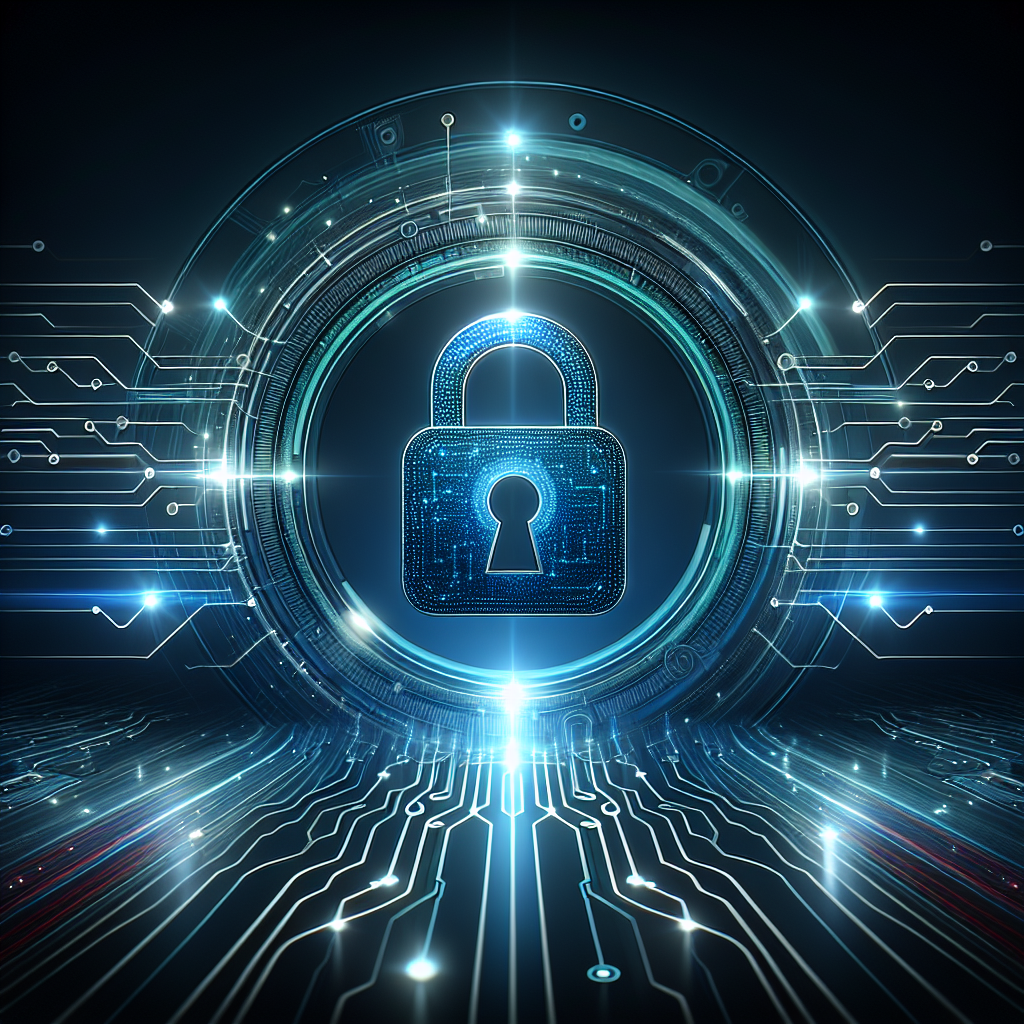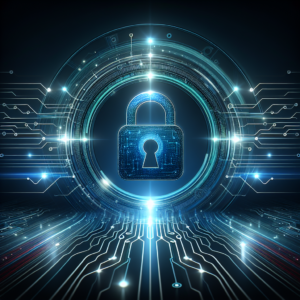Cybersecurity: Protecting Digital Assets in Business
In today’s digital age, safeguarding your business’s digital assets is not just a priority—it’s a necessity. With cyber threats lurking at every corner, understanding and implementing robust cybersecurity measures can mean the difference between a thriving business and a compromised one. Let’s dive into how businesses can effectively protect their digital assets.
Table of Contents
1. The Importance of Cybersecurity in Business
2. Common Cyber Threats to Watch Out For
3. Implementing Effective Cybersecurity Measures
4. Building a Cybersecurity Culture 🌐
5. Conclusion: Stay Protected, Stay Ahead
6. FAQs
The Importance of Cybersecurity in Business
The world is more connected than ever, and while this connectivity offers immense opportunities, it also presents significant risks. Cybersecurity refers to the practices and technologies designed to protect networks, devices, programs, and data from attack, damage, or unauthorized access. For businesses, this means protecting sensitive data, maintaining customer trust, and ensuring operational continuity.
Common Cyber Threats to Watch Out For
Understanding the common cyber threats is the first step in defending against them. Here are a few you should be aware of:
1. Phishing Scams 🎣
These are fraudulent attempts, often made through email, to steal personal information like passwords and credit card numbers.
2. Ransomware Attacks 💻
This involves malicious software that locks down files or systems, demanding payment for release.
3. Data Breaches 🔓
Unauthorized access to confidential data, often resulting in the exposure of sensitive information.
Implementing Effective Cybersecurity Measures
So, how can businesses safeguard their digital assets? Here are some actionable steps:
1. Regular Software Updates
Keep all software up-to-date to protect against vulnerabilities. Hackers often exploit outdated software to gain access.
2. Employee Training and Awareness
Educate your team about cybersecurity best practices. A well-informed team is your first line of defense.
3. Strong Password Policies
Encourage the use of complex passwords and implement two-factor authentication for an added layer of security.
4. Backup Data Regularly
Ensure that all critical data is backed up regularly to prevent data loss in case of an attack.
Building a Cybersecurity Culture 🌐
Creating a culture of cybersecurity within your organization involves more than just implementing policies. It requires fostering an environment where security is a shared responsibility. Encourage open communication about security practices and empower employees to report suspicious activities.
Conclusion: Stay Protected, Stay Ahead
Cyber threats are continually evolving, making it crucial for businesses to stay informed and proactive. By prioritizing cybersecurity, businesses not only protect their assets but also build trust with their customers, ensuring long-term success. Stay vigilant, update regularly, and educate continuously. Your digital assets depend on it!
FAQs
1. What is the most common cyber threat faced by businesses?
Phishing scams are among the most common, as they target employees directly to steal information.
2. How often should businesses update their cybersecurity measures?
Regularly—businesses should conduct security audits at least annually and update software as soon as new patches are available.
3. Can small businesses afford effective cybersecurity?
Yes, many effective cybersecurity measures are cost-effective, such as employee training, strong password policies, and regular backups. Investing in cybersecurity is crucial, regardless of business size.
4. What should I do if my business experiences a cyber attack?
Immediately isolate affected systems, notify your IT team, and consult a cybersecurity professional to mitigate damage and prevent future attacks.
5. Are remote workers more vulnerable to cyber threats?
Remote work can increase vulnerability, but with proper security measures like VPNs and secure Wi-Fi connections, risks can be effectively managed.












